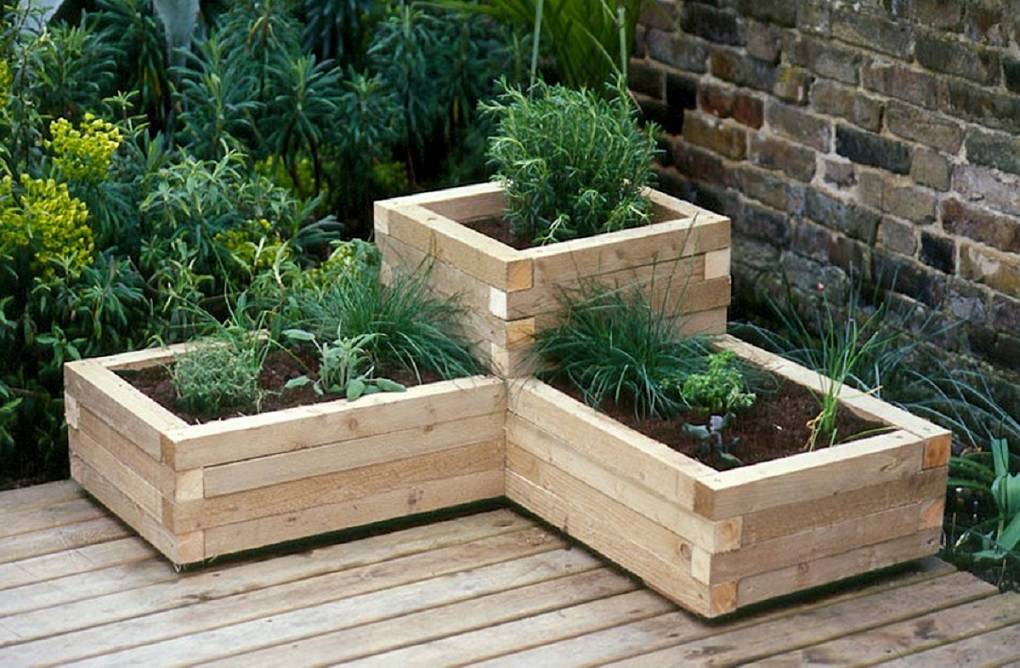
If you are looking to grow plants in an above-ground situation, planters are a great option. However, with so many different types of planters available in the market, it can be overwhelming to choose the right one. In this guide, we will discuss the different types of planters, their features, and the plants that are best suited for each planter. From ceramic and plastic planters to wooden and metal planters, read on to find out which planter is the perfect fit for your greenery.
Ceramic pots- Ceramic pots are the most common variety of planter that is used to grow plants indoors. Ceramic pots are made from clay and have a glossy touch. They allow air to move through the soil and are heavy in weight which makes them suitable to hold large plants. These pots also prevent excessive heat from getting trapped in the planter and locking the moisture in. Oftentimes, ceramic pots don’t have proper drainage holes which results in inadequate drainage. These pots can also crack and chip in cold weather.
Plastic planters- Plastic planters come in all kinds of shapes and colours. These planters are long-lasting, affordable, and lightweight. It is also the least likely to break when they fall. However, these planters are not suitable for growing heavy plants.
Fiberglass planters- Fiberglass planters are incredibly versatile and durable planters that are available in many shapes and designs. These planters don’t crack in extreme temperatures, are non-porous, and are resistant to rust. They also have drainage holes. However, this planter can be more expensive than ceramic or plastic planters and they can also trap heat which overheats the plant.
Concrete Planters- Concrete planters can be moulded into a variety of shapes and sizes. They can also be painted at home and customized according to the buyer’s wishes. They are heavy planters suitable for an outdoor setting in a place that receives strong winds and experiences extreme weather conditions. On the other hand, concrete planters are damaging to the environment to produce. The lime present in concrete planters can also leech into the potting soil and increase the pH of the soil, negatively affecting the growth of the plant.
Wooden planters- Wooden planters are an excellent choice for cheap planters that do not compromise the quality of the planter. Wooden planters are easy to paint on and design. They are lightweight, which makes it easy to relocate them to new locations. These planters can also protect the plant from extreme weather conditions, as they do not absorb excessive heat during summer. However, wooden planters only have a very limited shape range. Prolonged exposure to too much moisture can cause the wooden pots to rot. They can also be infested with pests.
Metal planters- Metal planters have a modern industrial aesthetic which is appealing to many people. These planters are very durable, easy to clean off, and lightweight. However, since it is a metal planter, it traps heat in the soil, which can cook away the roots. It can also kill the beneficial bacteria and organisms present in the soil. To avoid this problem, people use a lining or plant the plant in a plastic planter and then place that inside the metal planter.
Foam planters- Foam planters are planters made from polyurethane and polyethylene. These planters can be manufactured in a wide variety of sizes, shapes, colours, and designs. It is easy to transport a plant planted in a foam planter because of its lightweight. Plus, these planters are cheap. However, they are not very durable and are not meant for long-term use. Production and disposal of foam planters contribute to plastic pollution.
Resin planters- Resin planters are similar in appearance to ceramic and terracotta planters but they can be moulded into a variety of shapes and sizes. They are highly durable.
Hanging wall planters- Hanging wall planters are planters that can be attached to the side of the wall. These planters are specifically designed to decorate indoor spaces.









